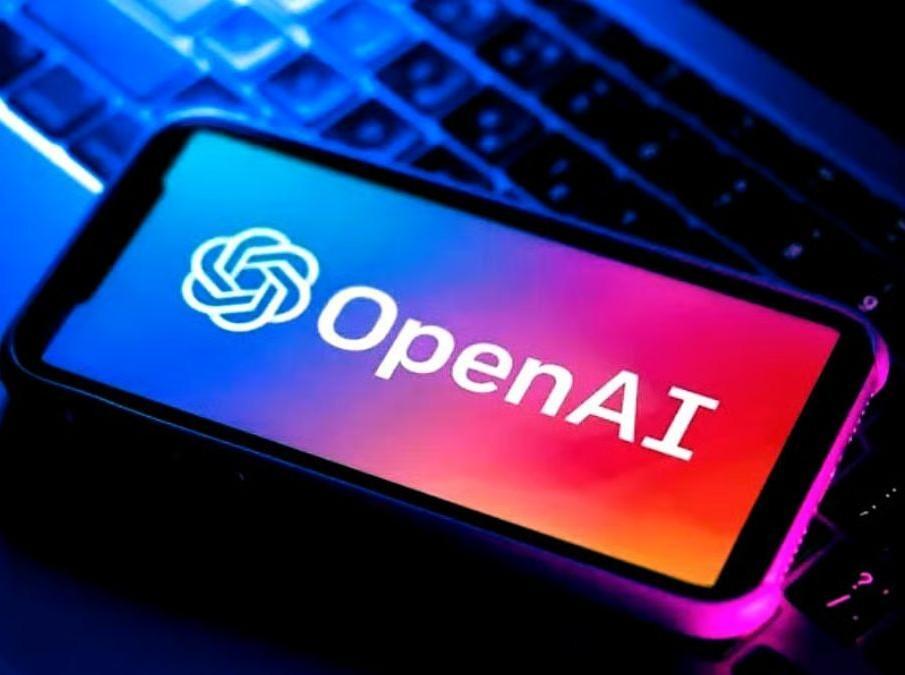
OpenAI Releases Downloadable AI Models for Public, Offline Use
In a groundbreaking move, OpenAI has released two AI models, gpt-oss-120b and gpt-oss-20b, for public use. This marks a significant shift in the company’s approach to AI development, as for the first time since 2019, anyone can download and run the full model on their own computer. This means that individuals and organizations can now control the AI model, rather than relying on OpenAI’s servers.
The release of these AI models is a major development in the field of artificial intelligence, and it has significant implications for researchers, developers, and users alike. In this blog post, we’ll explore what these new AI models are, why they’re important, and what they mean for the future of AI.
What are gpt-oss-120b and gpt-oss-20b?
gpt-oss-120b and gpt-oss-20b are two AI models developed by OpenAI, a non-profit artificial intelligence research organization. These models are based on the transformer architecture, which is a type of recurrent neural network (RNN) that has been widely used in natural language processing (NLP) tasks.
The “gpt” in the model names stands for “generative pre-training,” which refers to the process of training the model on a large corpus of text data. This training process allows the model to learn patterns and relationships in the data, which enables it to generate text that is coherent and natural-sounding.
The “oss” in the model names stands for “open-source software,” which refers to the fact that the models are available under an open-source license. This means that anyone can access and modify the code, which is a major departure from the typical approach of AI companies, which often keep their models and algorithms proprietary.
The numbers “120b” and “20b” refer to the size of the models in terms of the number of parameters. In this case, gpt-oss-120b has 120 billion parameters, while gpt-oss-20b has 20 billion parameters. The larger model is capable of generating more complex and nuanced text, while the smaller model is more lightweight and easier to deploy.
Why are these AI models important?
The release of gpt-oss-120b and gpt-oss-20b is important for several reasons. First and foremost, it marks a significant shift in the way that AI companies approach AI development. By releasing these models under an open-source license, OpenAI is allowing anyone to access and modify the code, which is a major departure from the typical approach of AI companies, which often keep their models and algorithms proprietary.
This shift is significant because it allows developers and researchers to build upon the work of others, which is a key principle of open-source software. By allowing anyone to access and modify the code, OpenAI is enabling a collaborative approach to AI development, which is likely to lead to faster innovation and better results.
Secondly, the release of these AI models is important because it provides a new level of transparency and accountability in AI development. By releasing the models under an open-source license, OpenAI is allowing anyone to see how the models work and to verify their results. This is a major departure from the typical approach of AI companies, which often keep their models and algorithms proprietary and do not provide transparency into how they work.
Finally, the release of these AI models is important because it provides a new level of accessibility to AI technology. By releasing the models under an open-source license, OpenAI is allowing anyone to access and use the models, regardless of their level of technical expertise or resources. This is a major departure from the typical approach of AI companies, which often require expensive subscriptions or specialized hardware to access their models.
What does this mean for the future of AI?
The release of gpt-oss-120b and gpt-oss-20b is likely to have a significant impact on the future of AI. By releasing these models under an open-source license, OpenAI is enabling a collaborative approach to AI development, which is likely to lead to faster innovation and better results.
This approach is likely to lead to a number of benefits, including:
- Faster innovation: By allowing anyone to access and modify the code, OpenAI is enabling a collaborative approach to AI development, which is likely to lead to faster innovation and better results.
- Better results: By allowing anyone to access and modify the code, OpenAI is enabling a collaborative approach to AI development, which is likely to lead to better results.
- Greater transparency: By releasing the models under an open-source license, OpenAI is providing a new level of transparency and accountability in AI development.
- Greater accessibility: By releasing the models under an open-source license, OpenAI is providing a new level of accessibility to AI technology, regardless of one’s level of technical expertise or resources.
Overall, the release of gpt-oss-120b and gpt-oss-20b is a major development in the field of artificial intelligence, and it has significant implications for researchers, developers, and users alike. By releasing these models under an open-source license, OpenAI is enabling a collaborative approach to AI development, which is likely to lead to faster innovation and better results.






